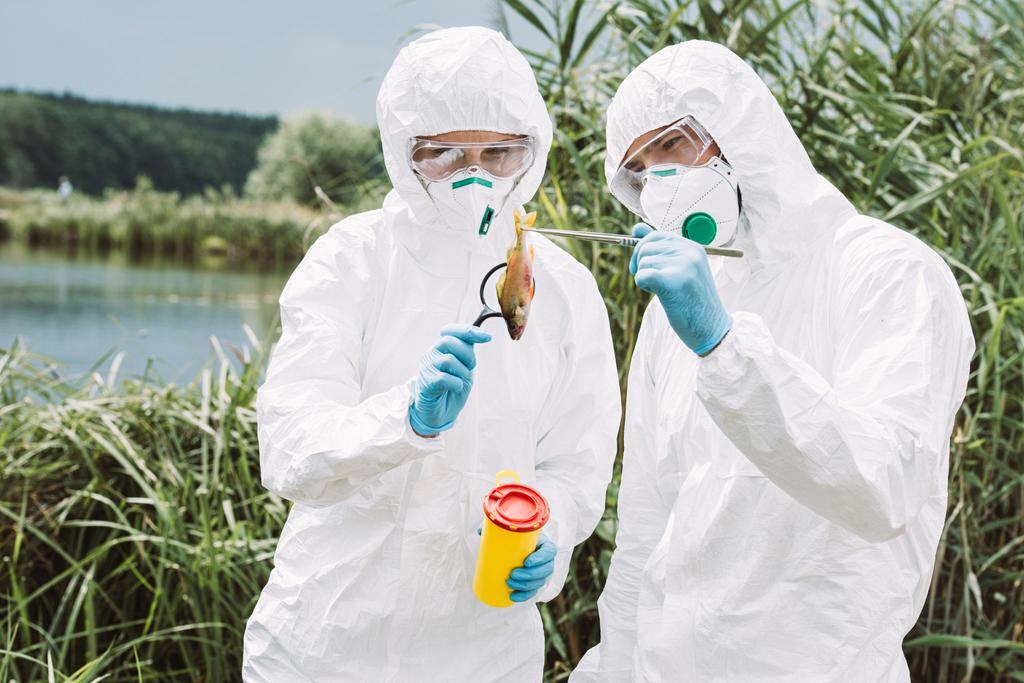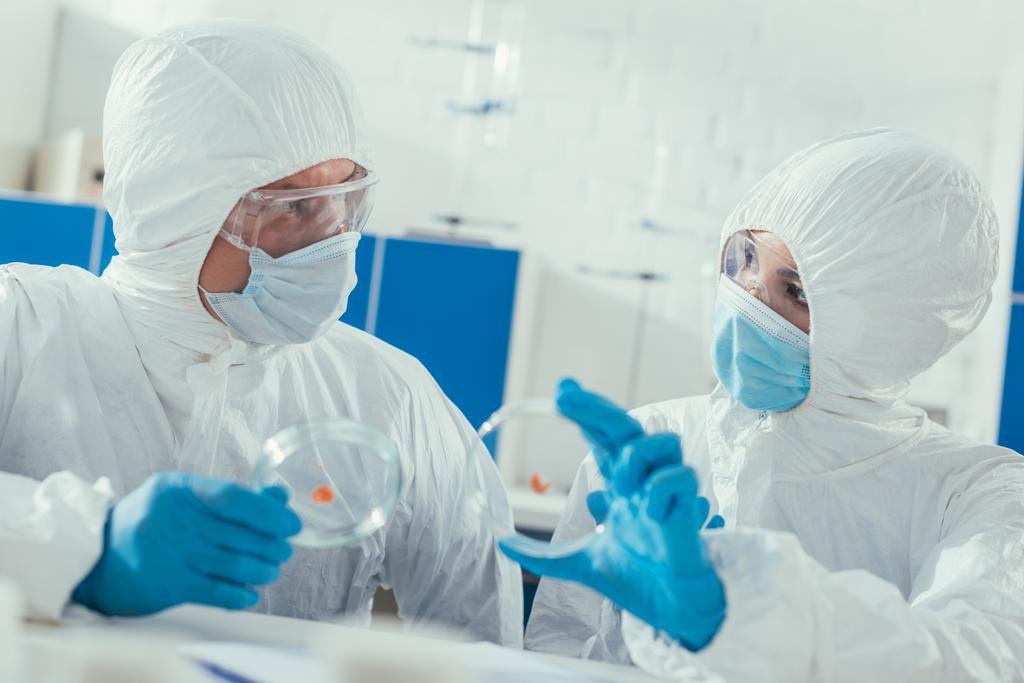Introduction
Before coming to teach and work in educational technology, I had a previous life as a molecular microbiologist, during my graduate work in Microbiology and Immunology at the O’Toole lab. I teach a Microbiology elective, usually every other year or so, so that my HS students can get a nice upside-down look at biology, and come to appreciate that it’s the little things that matter most (we’d be starving and suffocating without them).
One of the neat things about Microbiology is that even before microbes were discovered in the 1600′s and linked to disease by Robert Koch in ~1860; before the advent of the Frigidaire, Purell and other spoilage- and disease-thwarting technologies, we’d been using (ironically) microbes to preserve food and increase food safety. I’m of course talking about fermentation, by both bacteria (Prokaryotes) and Fungi (yeasts and other molds typically; Eukaryotes) to make acids and alcohols. We still do to this day: salami, vinegar, soy sauce, coffee, chocolate, cheese, beer, wine, the alcohol found in Purell (also ironically) are all products of microbial fermentation. Baking yeast breads, brewing beer, making yogurt and cheese are all microbiological culturing techniques – you’re having them pre-chew your food essentially, and condition it along the way.

So for this class, to show them what microbiology can look like out of the lab and in commerce and the food industry, we take trips. Two recently in fact, to Murray’s Cheese and the Brooklyn Brewery.
At the former, the students got to see all of the ripening processes used by the Affineurs to take the starting cheese and use molds, caves, mites (yup) and washes to bring them from a milky solid to all of the incredible flavors that conditioned and aged cheese can offer. WNYC has a video and a radio segment describing the same tour my students were given, which serendipitously aired the same day.
At the Brooklyn Brewery, the scale of the culture work gives an excellent idea of what the practical challenges are when trying to grow cells at densities and in quantities not possible in a test tube or flask. Additionally, the different types of yeasts, sugar sources, and outcomes described (they weren’t allowed to taste, obviously) is a nice example of how varied fermentative metabolic pathways can be, and how different yeast strains can metabolize the same materials differently to yield different by-products, which to the consumer would then yield different flavors.
Conclusion
It’s really, really hard to go through a single day without using/consuming multiple products of microbial fermentation. I think that because scientific principles and practices (particularly sub-fields of specialty like micro) are often seen as esoteric, isolated undertakings with few or no directly relatable ties to everyday life, trips like this are wonderful and critical in bringing attention to how much our daily lives and routines depend on the actions of all these little stinky cells. They’re not us, but they’re a part of us, after all.


